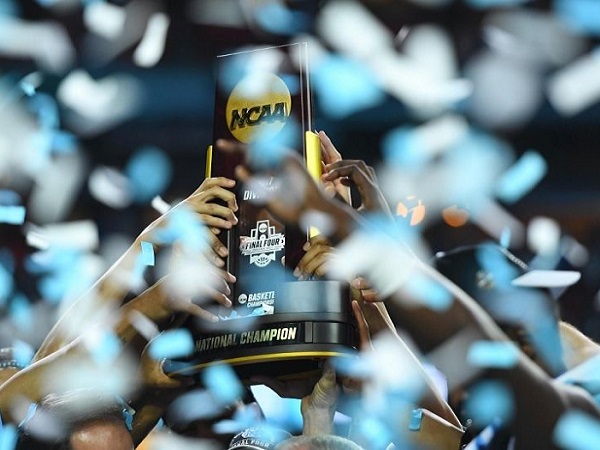The 2021 negotiation of the National Football League’s (NFL) sports rights has all but ended. FOX, CBS, NBC, and ESPN (the networks) are all back with the same or similar packages. The major changes being that ESPN+ (owned by Disney) may end up taking over AT&T’s DirecTV package as a streamer add-on option and ABC (also owned by Disney) is being placed in the Super Bowl rotation. Lastly, Amazon, a true streamer without a network attached is likely to secure the Thursday Night Football (TNF) rights package as FOX has shown disinterest in renewing.
Entertainment-studio-tech-streamers like Netflix, Amazon, Apple+, Hulu (owned by Disney), have shown some to no interest in purchasing and distributing live sports rights and matches. Hulu streamed a collection of National Hockey League (NHL) playoff matches when FOX and NBC each controlled a third of the platform. Amazon has of course streamed select Major League Baseball (MLB) games and TNF for the NFL. Netflix has consistently said the platform is not interested in purchasing expensive rights to live sports, although it has the requisite subscribers to make it work (yet Netflix is a non-commercial advertising platform). Paramount+ is too young now, but CBS All Access has streamed NFL games.
Apple+ through its parent company Apple Inc. has expressed some interest in sports if the rights fees were to go down and as it grows its subscriber numbers. However, Apple+ is also a non-commercial advertising purest like Netflix so the model and branding would have to change to host live sports because it is the advertisers that make the purchase price to sports rights digestible towards profitability. Then again, arguably, nothing would grow a streaming platform more quickly than exclusive rights to live sports. Alphabet Inc.’s Google, not really a streamer or entertainment studio, has also dabbled in live sports through its YouTube platform, specifically MLB regular season and postseason games. YouTube TV is also a Roku or Amazon Prime type of streaming service, but it offers live television, which may include live sports channels.
Social media platforms like Facebook, Twitter, Snapchat, and Instagram have all purchased and distributed some level of live sports rights and matches. However, like the entertainment-studio-tech-streamers (other than Amazon, which has purchased and distributed the largest amount to date (by total and dollar amount) of live sports rights/matches), the interest has been slight and quick. Meaning, one match here and there, and as a compliment to the main distributor (e.g., cable television).
Considering the above, the future of entertainment, media, and sports may not only be cellphone companies controlling content (e.g., AT&T purchasing Time Warner, Inc.), it may also include a cellphone, streamer, and/or a studio company trying to purchase a social media platform outright or through a partnership. More likely, based on current market capitalization, it is a social media company purchasing a network and/or studio to access and control content distribution to its platform (likely viewed from a mobile phone (e.g., a walking computer screen)). As mentioned by a Facebook executive on Sportico, the question is not what people want to watch, but what they want to do. Does social media not provide the options to watch, read, and consume, but also to comment, share, and engage with content? Why not sports content? No other streaming platform even comes close to the aforementioned level of experience and combination of assets except the Amazon-owned Twitch platform for gaming. Privacy concerns noted, social media platforms already provide the built-in data analytic tools for advertisers to reach consumers.
The new mobile-network-social-streamer-studio company model will raise significant antitrust concerns, but such a combination would reflect the growing trends in distribution and relieve some subscription fatigue for consumers. Having multiple platforms/options under one roof could also increase the strength of the overall reach to consumers. Imagine watching all of the new Overtime league games or the World Cup on such a unified network or one of the big five American leagues or international soccer matches in one place with options and in multiple formats and platforms.
When will streamers and social media go all-in on live sports? The answer is when they start working together with cellphone companies, networks, and studios to bring down cost, exposure, and offer more content under one roof to increase reach to customers.























